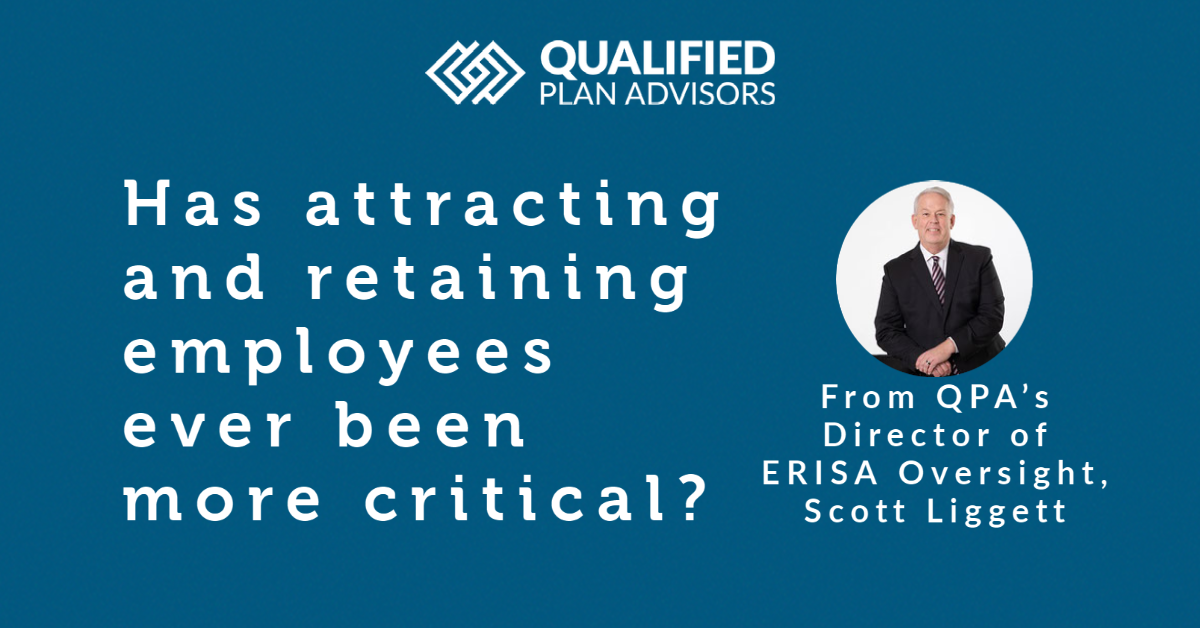It’s hard to believe that at the outset of COVID, employers in the U.S. (from Feb to April 2020) cut over 22.4 million jobs! Now, a year later, economic re-opening paired with the work-from-anywhere business model have put new pressures on what has always been an ongoing business challenge: the need to attract and retain employees.
In my posts, I enjoy using song lyrics to highlight workplace issues and topics. When writing this blog, I recalled a song by the band Cinderella (think 1980s Hair Band, not Disney) “Don’t Know What You Got (Till It’s Gone).” This song title pretty well describes the current accelerated shift in business goals for employers from the 2020 survival mode to a focus on thriving in 2021, all the while bracing for the potential disruption of employee turnover.
Pressures on employers to succeed while maintaining and preserving their current workforce capital are now increasingly heightened. For example, 86% of US employers are concerned about losing top accounting and finance performers to other job opportunities within the next year.[i] 91% of employers are concerned about losing their top IT employees.[i]
Employee retention has always been a focus for HR departments, regardless of the size of the employer. What does it cost when you lose an employee? According to the Society of Human Resource Management (SHRM), every time a business replaces a salaried employee, the cost is 6 to 9 months worth of that salary. In addition to cost, the time and focus need to advertise for a position, interview and screening process, and the onboarding and training period are a significant drain on already limited employer resources.
What should employers be doing in these competitive times to help retain employees?
Office perks such as “jeans day” are prevalent, however, what employees truly want and need are wellness programs that reduce their stress in and outside of work. For years, employers have been providing employee physical health wellness incentives for employees (gym memberships, routine health checkups, etc.). This is in hopes to reduce costs AND boost productivity. The same prioritization and approach should be attached to improving employees’ financial wellness.
Much has been written about why employers need to pay attention to the financial wellness of their employees. Money is a universal and impactful cause of stress. Acknowledging that it is a problem is key, but then what? Successful employers need action plans outlining the design, implementation and execution of a meaningful financial wellness program for their employee demographics. Vital topics can be addressed to assist employees including budgeting, credit counseling, home ownership, and saving for college, life events or retirement.
If employers put an employee financial wellness program in place, they will experience less turnover. HR Departments won’t have to endure the music lyrics quoted above nearly as often, as well as the follow up lyric from that song’s chorus “And it ain’t easy to get back …takes so long.”
If you have questions about financial wellness programs for your employees, please contact me at [email protected].
[i] Source: Robert Half survey of more than 1,000 CFOs in the U.S.
[i] Source: Robert Half survey of more than 2,800 IT senior managers with hiring responsibilities in the U.S.

